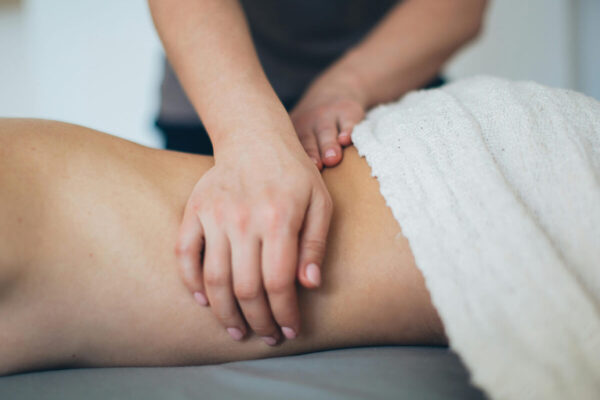Common Running Injuries
Many people enjoy running for health and/or for a hobby or sport. To avoid running-related injuries, it’s important to warm up, stretch, and refrain from pushing your body too hard. While the physical benefits of running are significant, running places a lot of pressure on the body. Unfortunately, most runners will eventually experience at least one injury while training.
Here are some of the most common running injuries:
The Achilles tendon is the tissue that links the calf to the heel. When this muscle is strained, irritation occurs and the muscle becomes stiff and swollen. Pain is usually felt in the heel while running (or walking). The ache can extend to the joint and the back of the foot, making it hard to move.
This running-related trauma is often confused as a knee injury. The Iliotibial (or IT band) is located on the outer part of the thigh and joins the hip to the knee. When this area becomes inflamed, it chafes the knee, resulting in pain. A stabbing ache (or tightness) may be felt on the outside of your knee once you begin to run.
One of the more severe injuries a runner can experience is plantar fasciitis. It occurs as result of swollen and/or torn tissue in the foot, manifesting as a dull ache (or sharp pain) in the heel or soles. The pain may initially feel mild but, if left untreated, will build and become worse over time. In severe cases, it can make walking or standing difficult. Plantar fasciitis can be experienced anytime, while resting, standing, or exercising.
“Runner’s knee” (patellofemoral pain syndrome) can happen among many athletes but it’s most common among runners. This kind of pain occurs inside the kneecap — or around the knee area — and it can manifest or worsen while running. It may feel like a dull, mild ache but the pain can also be acute.
When pain is felt in your shin bone (near the front portion of your lower leg), it could be the result of tears and/or muscle irritation. The inflammation that causes this discomfort may be mild or intense (which may restrict mobility).
Stress fractures are cracks in bone resulting from continual strain on the feet and shins. The pain usually appears at the beginning of a run, when walking, or during prolonged periods of standing.
If you find yourself with any of these running injuries, visit a physiotherapist to help you manage the pain and encourage your body to heal more quickly. Get back on track with professional medical assistance from a licensed therapist.
Physiotherapy and Rehabilitation Centres (PARC) of Ontario provides caring treatment for running and other sports injuries. We offer individualized rehabilitative plans to help patients manage soreness and avoid further trauma and damage. Check out our list of rehabilitative centres in Ontario to find the location nearest you.



